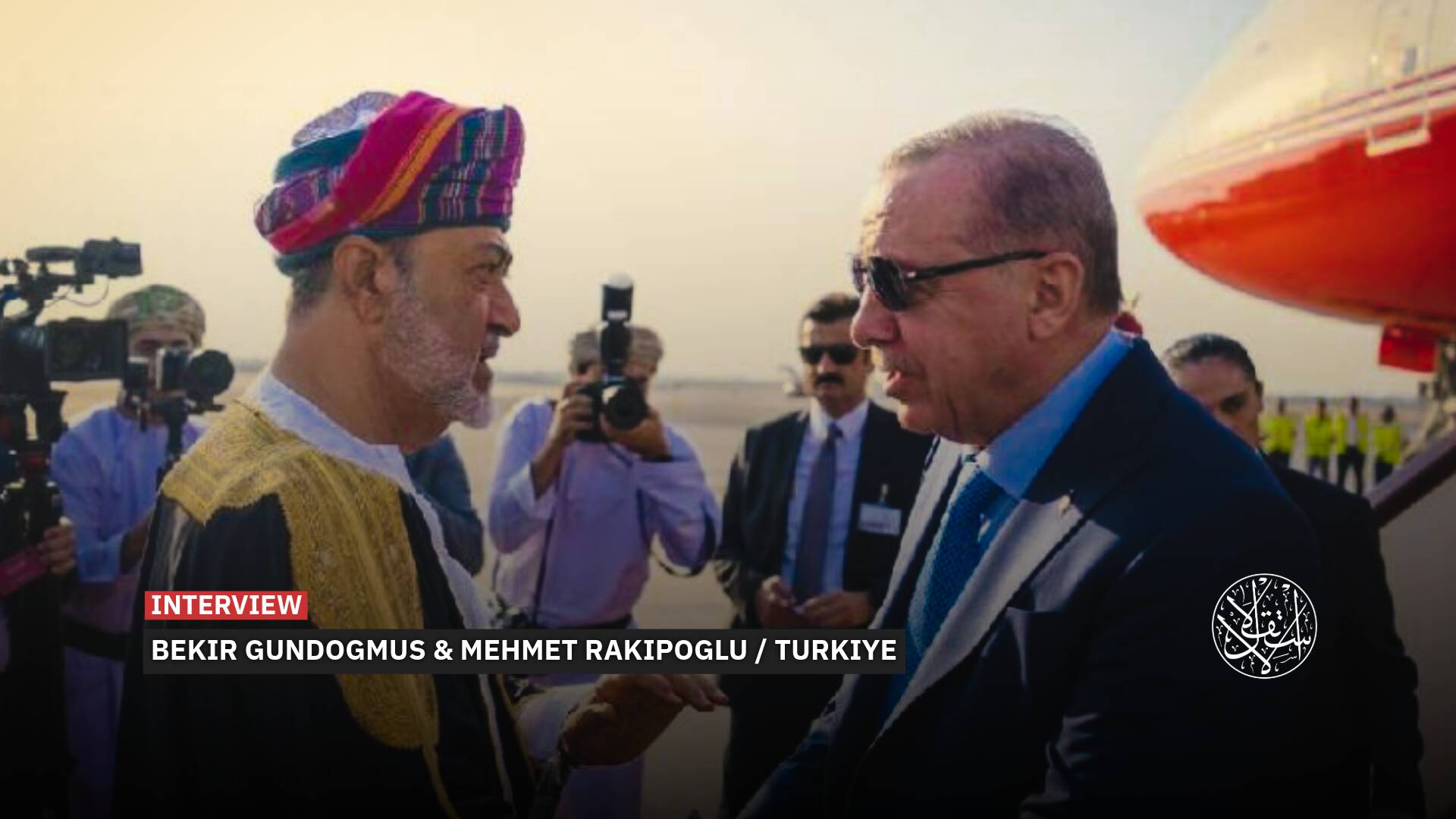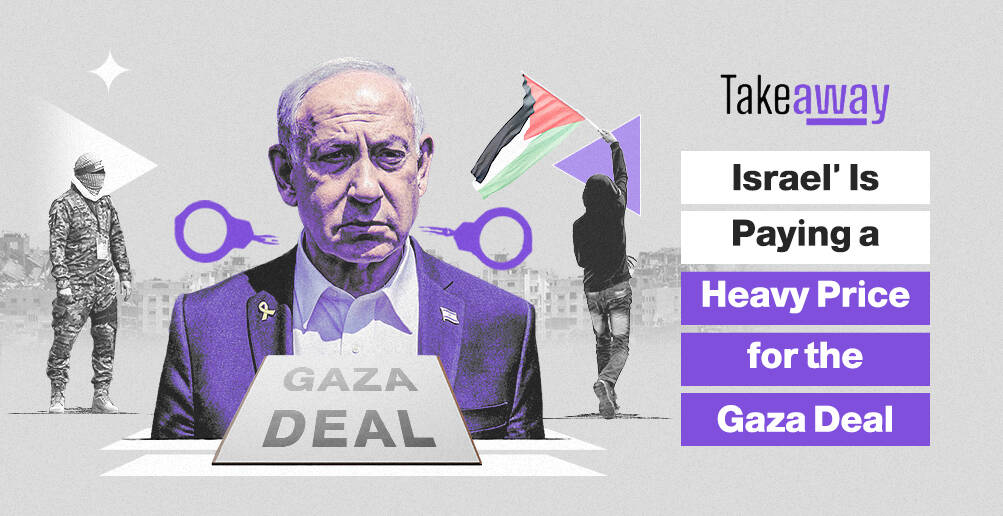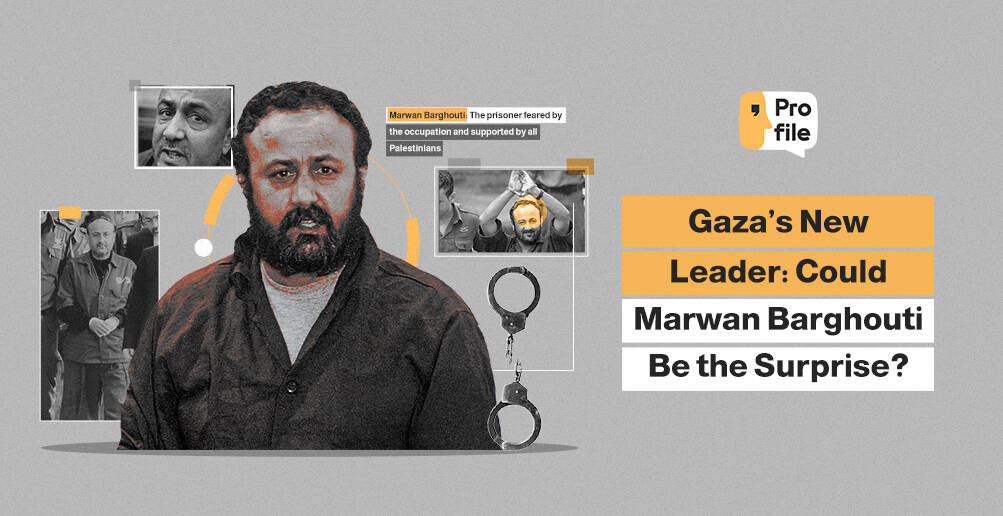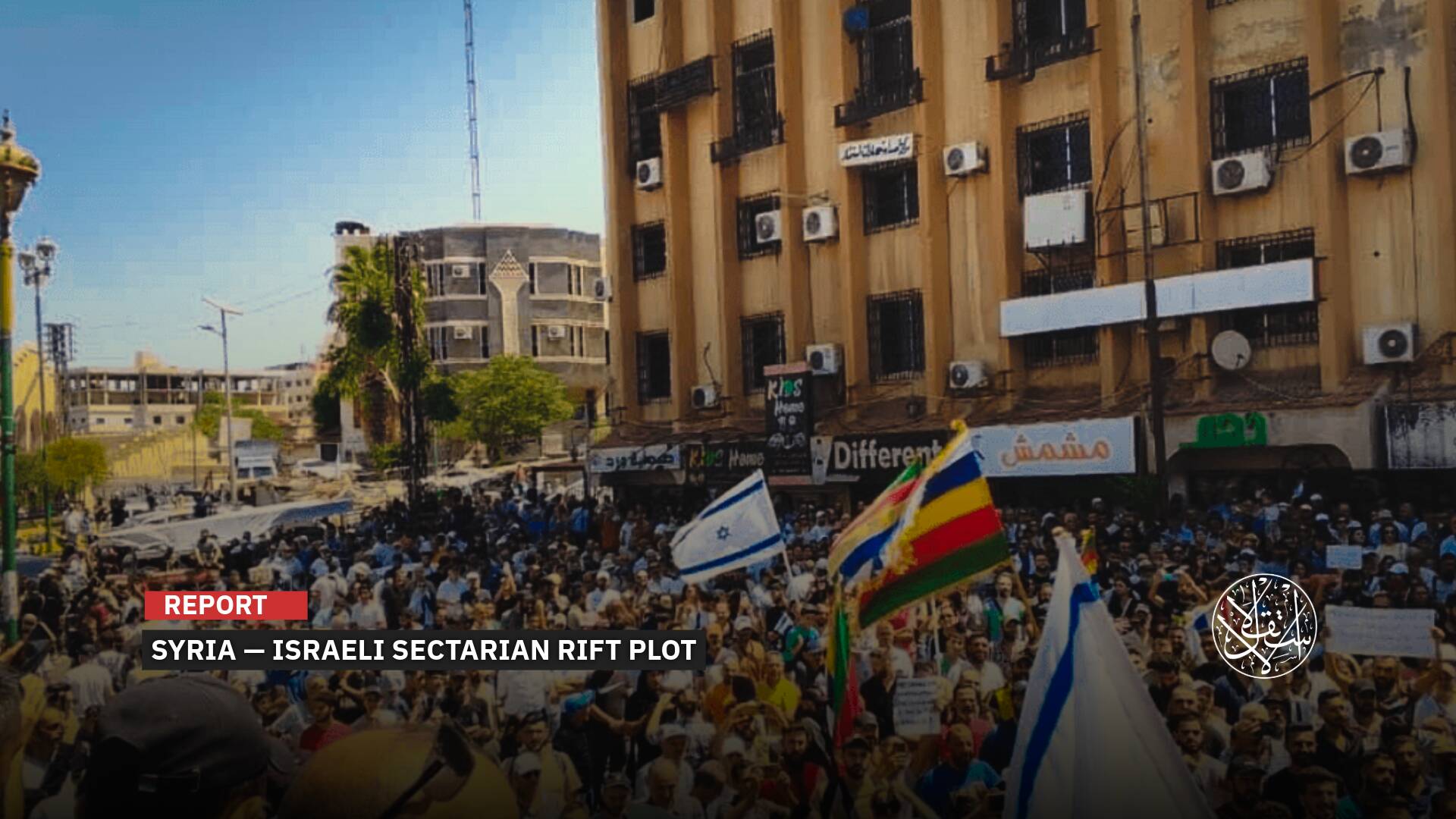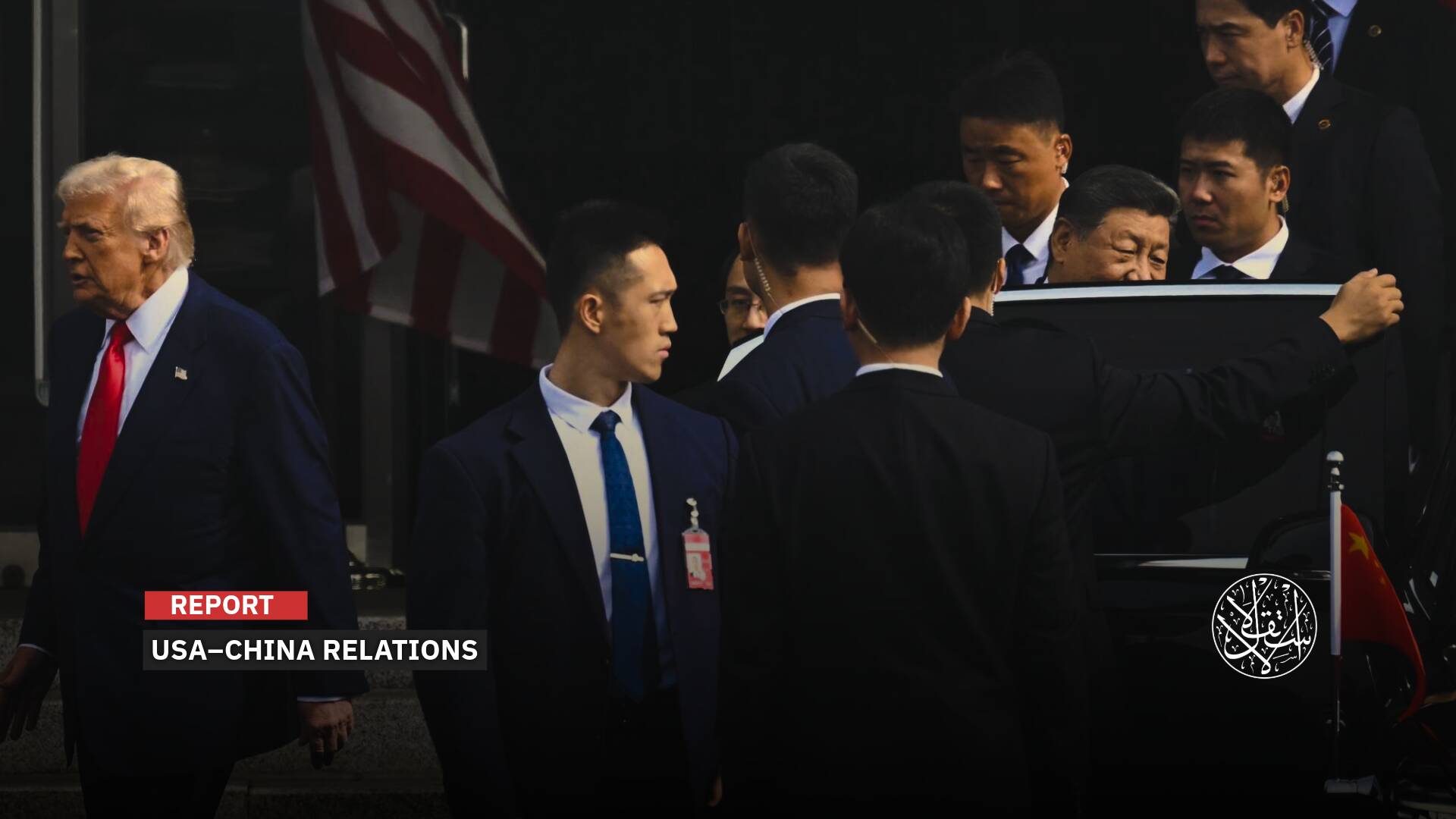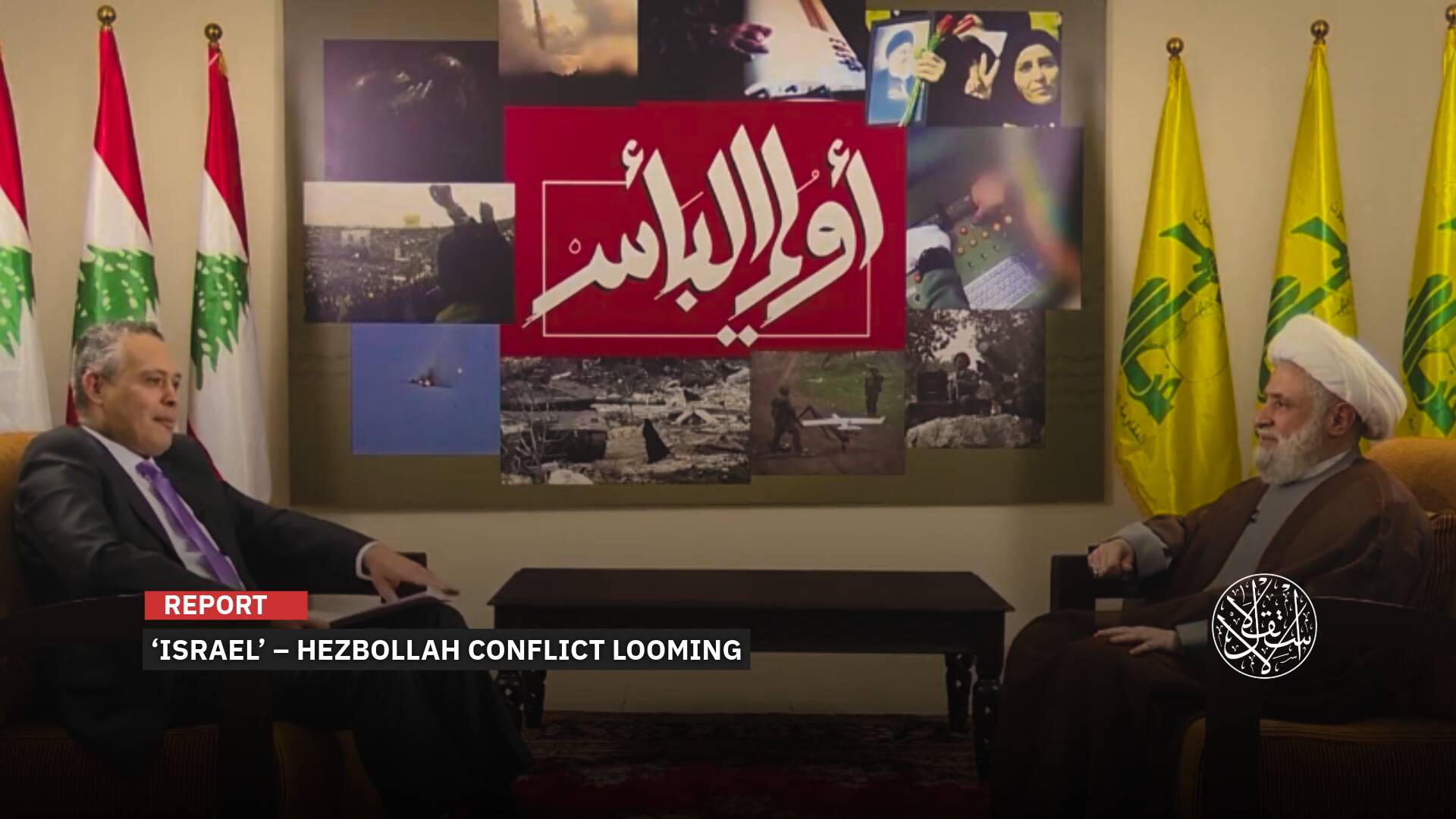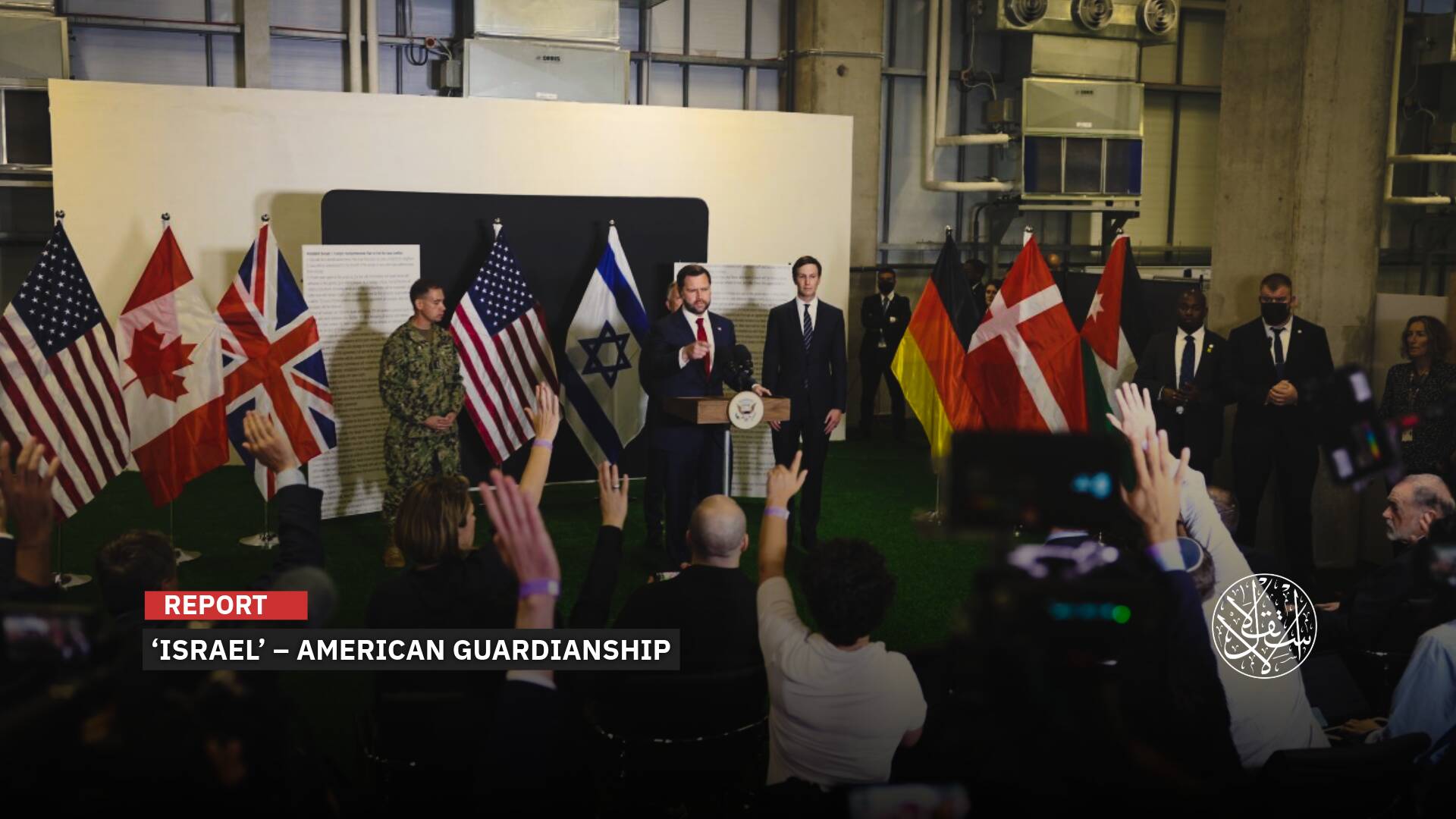Yahya Sinwar: Hamas Leader Falls in Battle, Weapon in Hand, Clashing with His Enemy

The Israeli Occupation has failed to assassinate Sinwar for an entire year.
Armed and ready, wearing his military vest and keffiyeh, and actively engaging his enemy—this is how Hamas leader Yahya Sinwar (62) was seen over a year after launching Operation al-Aqsa Flood.
Despite Israeli extensive efforts, including intelligence from the U.S. and U.K. and aerial surveillance over Gaza, they failed to assassinate Sinwar for an entire year.
The last thing “Israel” expected was to find Sinwar (Abu Ibrahim) fighting on the ground, contrary to reports in Arab, Israeli, and international media.
For a year, many media outlets claimed Sinwar was hiding in Gaza's tunnels, surrounding himself with Israeli captives to avoid assassination.
However, his martyrdom photos debunked all such claims, confirmed by the Israeli army itself, which stated that Sinwar “was killed during a confrontation in Tel al-Sultan, Rafah, southern Gaza, wearing a military vest alongside another field commander.”
Israeli media reported that his death happened by sheer coincidence, without prior intelligence, during a strike on a building he was in with other resistance fighters.
The final chapter of Sinwar's life became almost legendary, as he fought above ground, defying both logic and the Israeli Occupation’s expectations—just as he had throughout his life, during his imprisonment, and after his release. But who was this exceptional leader?
Early Life and Imprisonment
Sinwar was born in October 1962 in Khan Younis refugee camp to a displaced family originally from al-Majdal Asqalan in southern Palestine.
He studied in the camp, finished high school, and later attended the Islamic University, where he earned a bachelor's degree in Arabic Literature.
From a young age, he joined the Muslim Brotherhood, which later transformed into Hamas in late 1987.
While at university, Sinwar led the Islamic Bloc, the Brotherhood's student arm at the time, and in 1985, he established the group's security apparatus, known as al-Majd.
The security apparatus focused on resisting the Israeli Occupation in Gaza and targeting Palestinian collaborators. Some reports, such as one from the Hebrew newspaper Maariv in February 2017, even claim that Sinwar personally eliminated some collaborators.
His relationship with Hamas founder Sheikh Ahmed Yassin grew strong, and together, they established the al-Majd security apparatus.
Due to his long imprisonment, Sinwar delayed marriage, only marrying after his release in 2011, on November 21 of that year.
In 1982, the Israeli army arrested Sinwar for the first time, detaining him for four months under administrative detention before releasing him.
He was arrested again in 1985 and sentenced to eight months for participating in activities against “Israel.”
In January 1988, he was arrested for a third time and sentenced to four life sentences plus 30 years.
This severe sentence stemmed from charges of founding the al-Majd security apparatus and co-founding Hamas' first military wing, known as Palestinian Mujahideen.
Sinwar spent 23 consecutive years in Israeli prisons until his release as part of the 2011 prisoner exchange deal between Hamas and “Israel,” known as the Shalit Deal or Wafa al-Ahrar, brokered by Egypt.

As part of the deal executed on October 11, 2011, “Israel” released 1,027 Palestinian prisoners in exchange for the release of Israeli soldier Gilad Shalit, held by Hamas.
Betty Lahat, who once guarded Yahya Sinwar, described him as “hostile and ruthless,” often orchestrating “acts of violence and unrest inside the prison.”
In May 2022, Lahat, the former warden of Hasharon Prison and former head of intelligence at Israel Prison Service, stated that before his arrest, he ruled by fear and terror.
Lahat described him as “adversarial and cruel [..] Before his arrest he led by fear and terror. He’d dig holes, throw in people he suspected were against him, and pour cement on them while they still lived.”
In an interview with Maariv, she added, “In prison, he also sent out people to hurt those he didn’t like. But he himself never got his hands dirty.”
“He would send prisoners to stab guards and rile things up, but always behind the scenes. He’d take some sucker, tell him ‘Go stab a jailer’ and then say of him ‘The man’s crazy, he has nothing to lose.’”
“He’s a very intelligent person who invested in his intellectual development and in an in-depth understanding of Israeli society,” she said. “He appointed teams in prison to listen to all Israeli radio and TV stations, to follow politicians. They’d listen to political analyses and diplomatic assessments.”
Leadership Roles
After his release from prison, Sinwar ran in Hamas' internal elections in 2012, winning a seat on the political bureau and taking charge of the military wing, the Qassam Brigades.
In 2015, Hamas appointed him to lead negotiations over Israeli prisoners held by the Qassam Brigades, but no breakthrough was achieved. At the time, Hamas was holding two Israeli soldiers, Oron Shaul, and Hadar Goldin, captured by the Qassam Brigades during the 2014 summer war, though “Israel” claims both were killed and Hamas retains their remains.
The Resistance also held two Israeli civilians, Avera Mengistu and Hisham al-Sayed, who entered Gaza under unclear circumstances in September and December of that year.
During Operation al-Aqsa Flood, the Qassam Brigades captured more settlers and soldiers, releasing some of them in a deal in November 2023, though the Israeli Occupation has obstructed further progress by refusing a ceasefire in Gaza.
Sinwar enjoys strong support from both the military and political leadership of Hamas, and he has been entrusted with coordinating between the two factions. He played a significant role during the 2014 military confrontation in Gaza.
After the 2014 war, Sinwar led comprehensive evaluations and investigations into the performance of field commanders, resulting in the dismissal of several prominent leaders, according to reports published by Felesteen, Hamas' affiliated newspaper at the time.

Sinwar was credited with shaping the movement's stance on ceasefire proposals during confrontations, consistently backing the military leadership’s demands to fulfill Palestinian objectives.
On February 13, 2017, Yahya Sinwar was elected head of Hamas' political bureau in Gaza, succeeding Ismail Haniyeh, with Khalil al-Hayya chosen as his deputy.
That same year, Ismail Haniyeh was elected as the head of Hamas' political bureau, a position he held until his assassination by “Israel” during Operation al-Aqsa Flood in Tehran on July 31, 2024.
Sinwar’s election as Hamas’ leader in Gaza followed internal elections conducted across the various regions of the Strip. In March 2021, Hamas’ internal elections in Gaza reaffirmed Sinwar’s leadership for a second consecutive term, extending his tenure until 2025.
Sinwar played a central role in decision-making within Hamas and is a member of the executive leadership responsible for shaping policies, including those related to “Israel.”
With Haniyeh residing abroad at the time, Gaza-based officials, particularly Sinwar, gained increased influence over the past decade.
Following Haniyeh’s assassination, on the evening of August 6, 2024, Hamas unanimously elected Sinwar as the head of its political bureau, with the decision made by the Shura Council.
In September 2015, the United States designated Sinwar, along with two other Hamas leaders, Mohammed Deif, the general commander of the Qassam Brigades, and Ruhi Mushtaha, a political bureau member, on its list of “global terrorists.”
The Mastermind
After Operation al-Aqsa Flood, Sinwar became the Israeli Occupation’s top target. “Israel” circulated flyers promising a reward of $400,000 for information leading to his capture.
The Israeli Occupation considers Sinwar the mastermind behind the operation launched by Hamas on October 7, 2023, which saw the Resistance storm Israeli-occupied settlements near Gaza and capture dozens of Israelis.
Following his re-election as Hamas leader in Gaza, a Hebrew research center noted that Sinwar serves as both the military leader of the Qassam Brigades and a key political figure within the movement.

The Jerusalem Center for Public Affairs (JCPA) pointed out that the significant shift in Hamas' internal elections since 2017 was the transfer of the movement’s decision-making hub from abroad to the Gaza Strip.
Noam Amir, the military commentator for Maariv, explained that “Sinwar takes an uncompromising stance towards the Palestinian Authority and is one of the prominent leaders in deepening the ideology of resistance against Israel.”
“Sinwar believes in war against the Zionists, not in ceasefires, and sees any time as good for military confrontation with Israel,” said Amir.
In the same month, Israel Hayom wrote that, unlike other Hamas figures, Sinwar grew up in Gaza and took part in many operations against Israelis.
Israeli analyst Reuven Berko said at the time that, unlike during the era of Meshaal, who led the organization from Qatar, Sinwar is a fighter who grew up inside Gaza.
He added that Sinwar’s friends in Gaza describe him as stubborn, cold-tempered, and intensely anti-Occupation to the point of hysteria, but also a charismatic leader.
Channel 12’s website covered an earlier interview conducted by Israel’s Channel 2 with Sinwar from prison in 2006.
In the interview, Sinwar stated, “We know we can’t dismantle Israel, but we are persistent. Just as we made Israelis’ lives difficult during the occupation resistance, we’ll make their lives miserable in any ceasefire negotiations.”
“We will hold firm to our conditions. Things won’t pass as easily as they did before. Negotiations won’t be simple. We will resist and make life unbearable for them.”
“In the end, we’ll reach a ceasefire, whether long-term or short-term. And if we do, we’ll honor it, proving to the world once again that our word is our bond,” said Yahya Sinwar.


